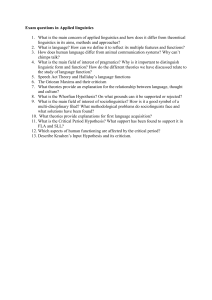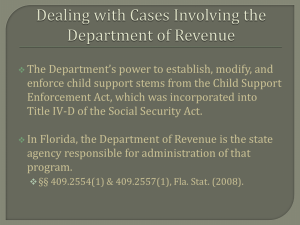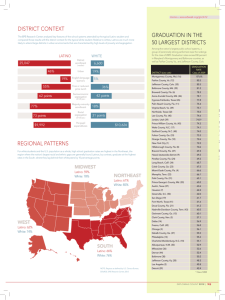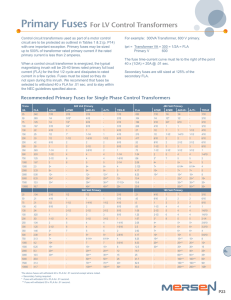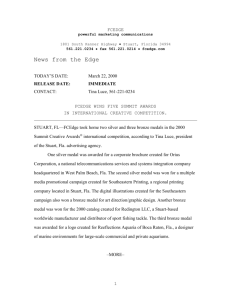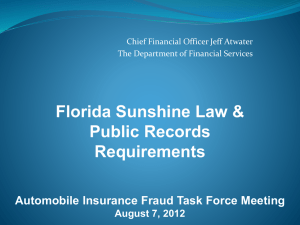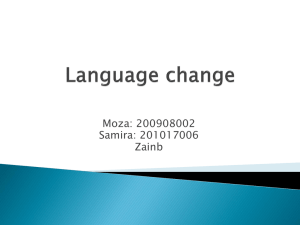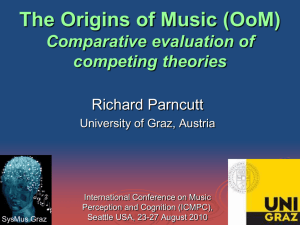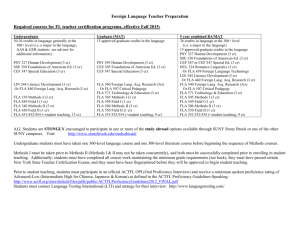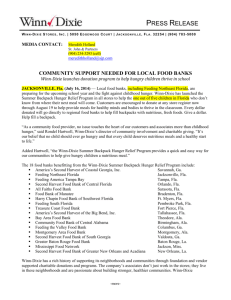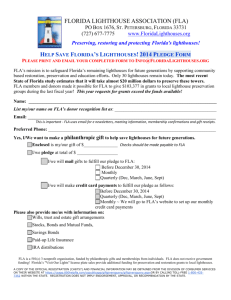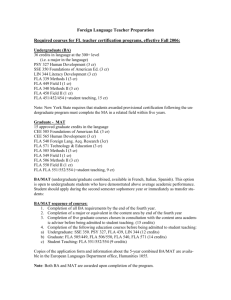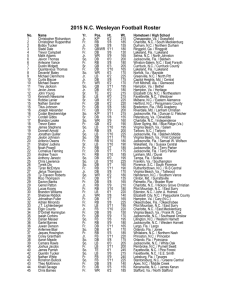VARIATION IN CHILD FIRST LANGUAGE ACQUISITION
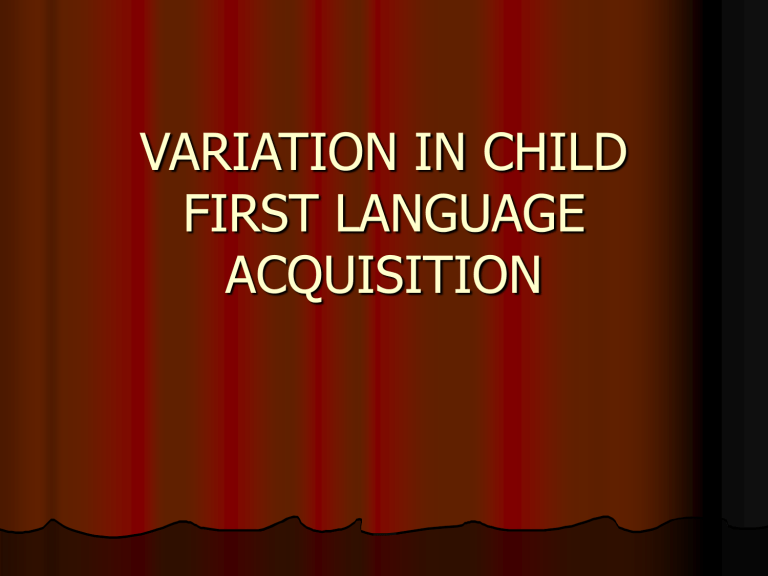
VARIATION IN CHILD
FIRST LANGUAGE
ACQUISITION
The issue of variation in FLA and
SLA/SLL
Variables influence
IN SLL/SLA rate final attainment
IN FLA rate
Variables in FLA
Effect of situation
Inherited attributes
Gender
Intelligence
Personality and learning style
Social background
Experience of linguistic data
Amount and type of conversation
Qualitative differences in adult-child interaction
Effect of situation
Amount and type of motherese
But not all communities use motherese!
Activities, scenes of language use – functionalism!!
Interaction with adults vs. children
Roles of caretakers (carer, playmate, controller, etc.)
Gósy (1999): detrimental noise
Inherited attributes:
Gender
Girls: advantage in rate (Gósy: at early childhood and at 6-7 years)
Reason: different expectations of and communication with them
Strengthens by adulthood: cooperation initiation
Intelligence
Studies relating to
- size of vocabulary
- rate of acquisition of syntactic structures
- acquiring spatial/temporal sequences
No significant result
- difficult to define intelligence
- many types: IQ vs. EQ!
Personality and learning style
Extroversion/introversion: initiation
Sociability: speed and ease
„join and communicate”
„Referential” and
„noun lover” kids learn vocab. faster than „expressive” ones
Two-element combinations of SVO
Social background
Points of disagreement:
Nature and size of variation
Resources or use of resources?
Parameters to distinguish social grouping
Mechanism responsible for the relationship betw. group membership and linguistic variation
Early studies
Berstein: clear advantage of middle-class children in
rate of learning,
linguistic proficiency,
style (exploratory, explicit language use).
Labov: legitimising dialects
Bristol study:
Full range of family backgrounds
Naturally occurring speech samples
No researcher present when recording
Legitimising local dialects
No significant difference in
- the amount of speech
- types of contexts
- range of pragmatic functions
- rate: controversial
Tough (1977) on parental status
Aspects:
Self-maintaining
Directives
Interpretatives
Projectives
High FB children did better
Experience of linguistic interaction:
Amount and type of conversation
Significant relation betw. amount of speech and rate of progress
Rate of development and joint enterprise
As opposed to mothering and independent
Family status
First-borns and kids with no siblings close in age progress faster
Significance of parental attention
Qualitative differences in adult and child interaction
Motherese – modification in
Length
Complexity
Intonation
Range of sentence meaning relations
Vocabulary
Interpersonal functions
Discourse functions
Rate of development correlates with
More finely-tuned talk (sensitive and responsive to kids’ reaction)
Matching – referential - accepting parental behaviour
Contingent speech
Concern to facilitate conversation
Vs. concern to control behaviour
(= expressive, unidirectional!)
Conclusion
Variables mainly influence rate
Controversial influence:
Gender
Personality
Social class
Strongest influence:
Quality and amount of caretaker talk
Interactive community is essential for FLA
Rehabilitation potential limited in time
